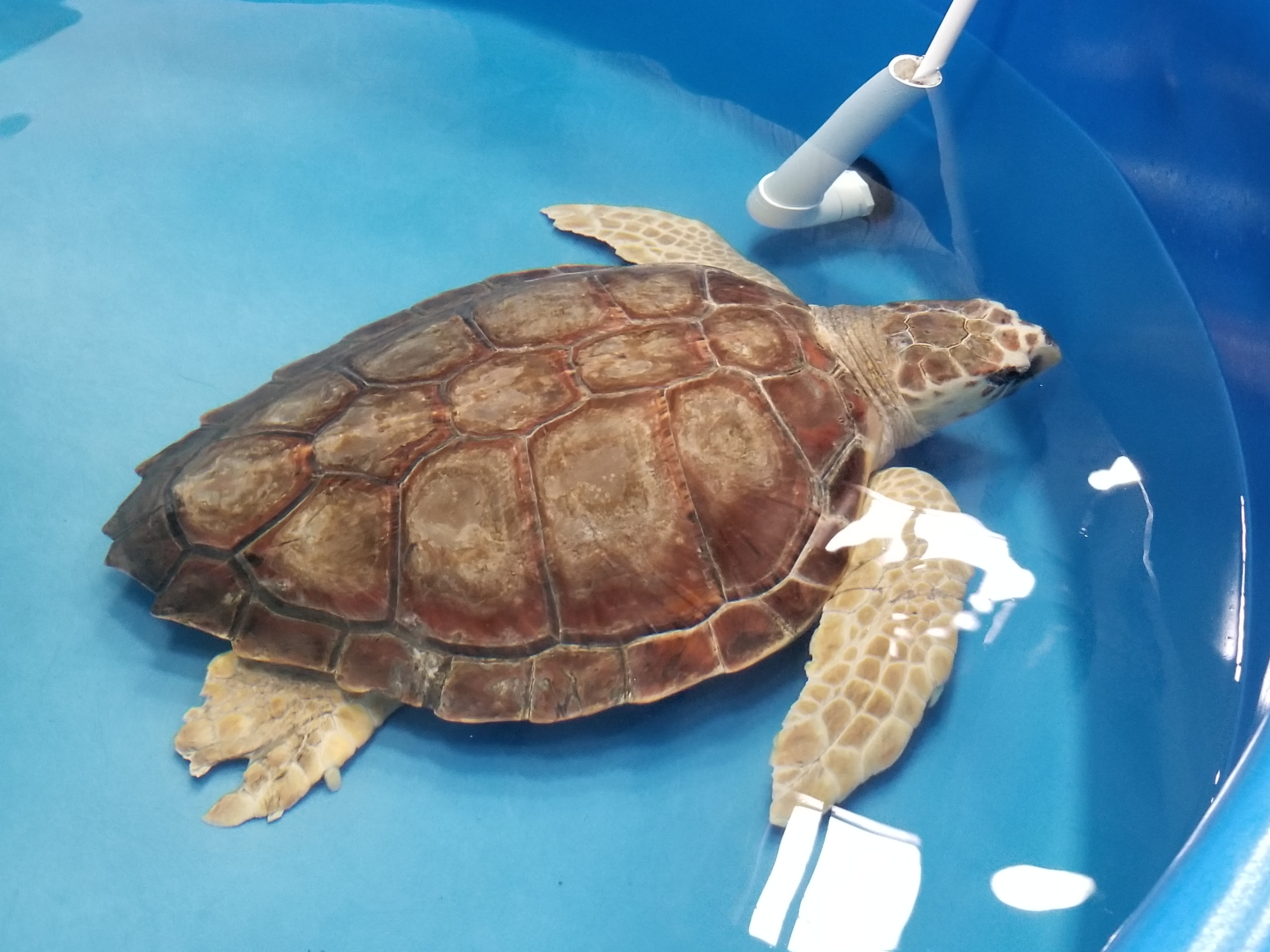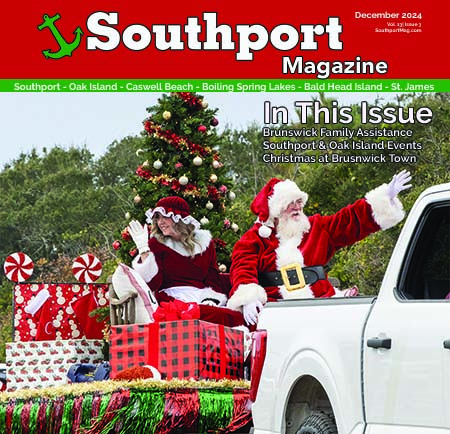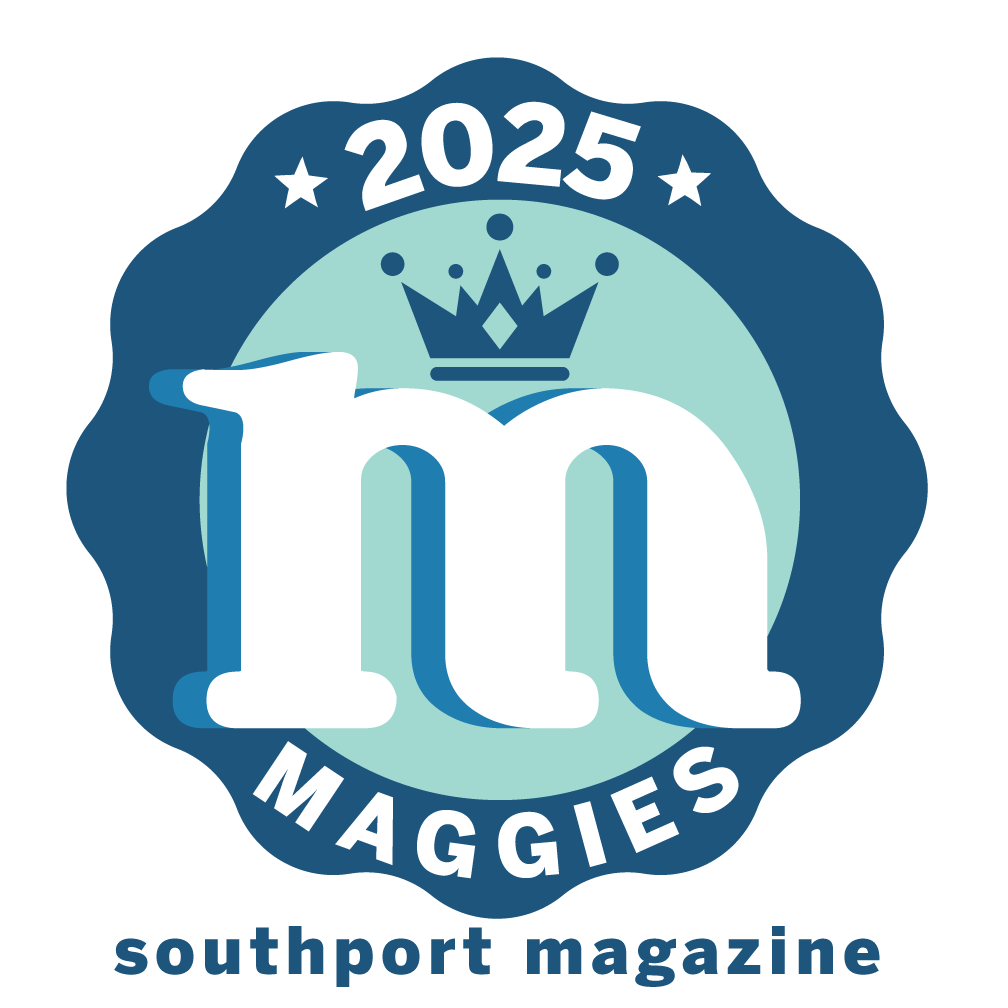A Turtle’s Tale

“Southport” Returns Home
Following a year of rehabilitation, a sea turtle rescued by workers at the Brunswick
Nuclear Plant named Southport, was released back to the Atlantic.
Story by Karen J. Williams
The Brunswick Nuclear Plant operation includes responsibility for managing 1,200 acres of land and wetlands. This responsibility includes the plant’s use of water from the Cape Fear River used in the condenser to cool steam created for electrical generation. The cooling system flushes about a million gallons of water a minute through the condenser.
The plant pulls water from the Cape Fear River through a diversion structure, which uses 37 sets of panels to screen out and divert fish, shellfish and other organisms from entry. The intake canal is approximately 300 feet wide and travels about 3 miles to the plant intake structure. At the plant, traveling screens and trash racks collect debris and aquatic organisms and wash them back into a tidal creek. This fish return system, known as the “slide for life,” allows larval, juvenile and adult organisms to return to the estuary system.
The river water discharges from the plant and is sent through a 6-mile long canal and is pumped 2,000 feet off-shore at a depth of about 18 feet. The system moves about 1.5 billion gallons of water each day. The process of heating and agitating the brackish water results in foam.
Environmental studies at the plant began in 1968 (pre-construction) to understand and monitor the impacts of the plant on the local estuary system. Decades of data demonstrate that the Brunswick plant has no impact to the fish and shellfish populations in the estuary.
Improvements at the diversion structure, where water is pulled from the river, have dramatically limited the intake of larger organisms and debris. The intake was once a hazard for turtles that sometimes swim up-river, but since 2014 that hazard has been largely eliminated. The one exception occurred last spring, when the diversion structure was opened for a few minutes to allow the passage of a dredge. In just a few short minutes, two turtles slipped by and entered the intake. One was trapped at the intake and did not survive. The other was rescued by plant workers.
The rescued turtle was severely injured and so was transported to the Karen Beasley Sea Turtle Hospital in Surf City. Once there, hospital veterinarians determined that the turtle had been attacked by an alligator, losing one of its rear flippers and suffering damage to the other rear flipper and around its head and neck. Had the turtle not been rescued, he likely would have perished from the wounds.
The turtle, named “Southport” by hospital staff, spent a year in the hospital recuperating. On June 20, 2018, the Duke Energy technician who saved Southport was able to escort the turtle back to the ocean and send him home.











Leave a Reply